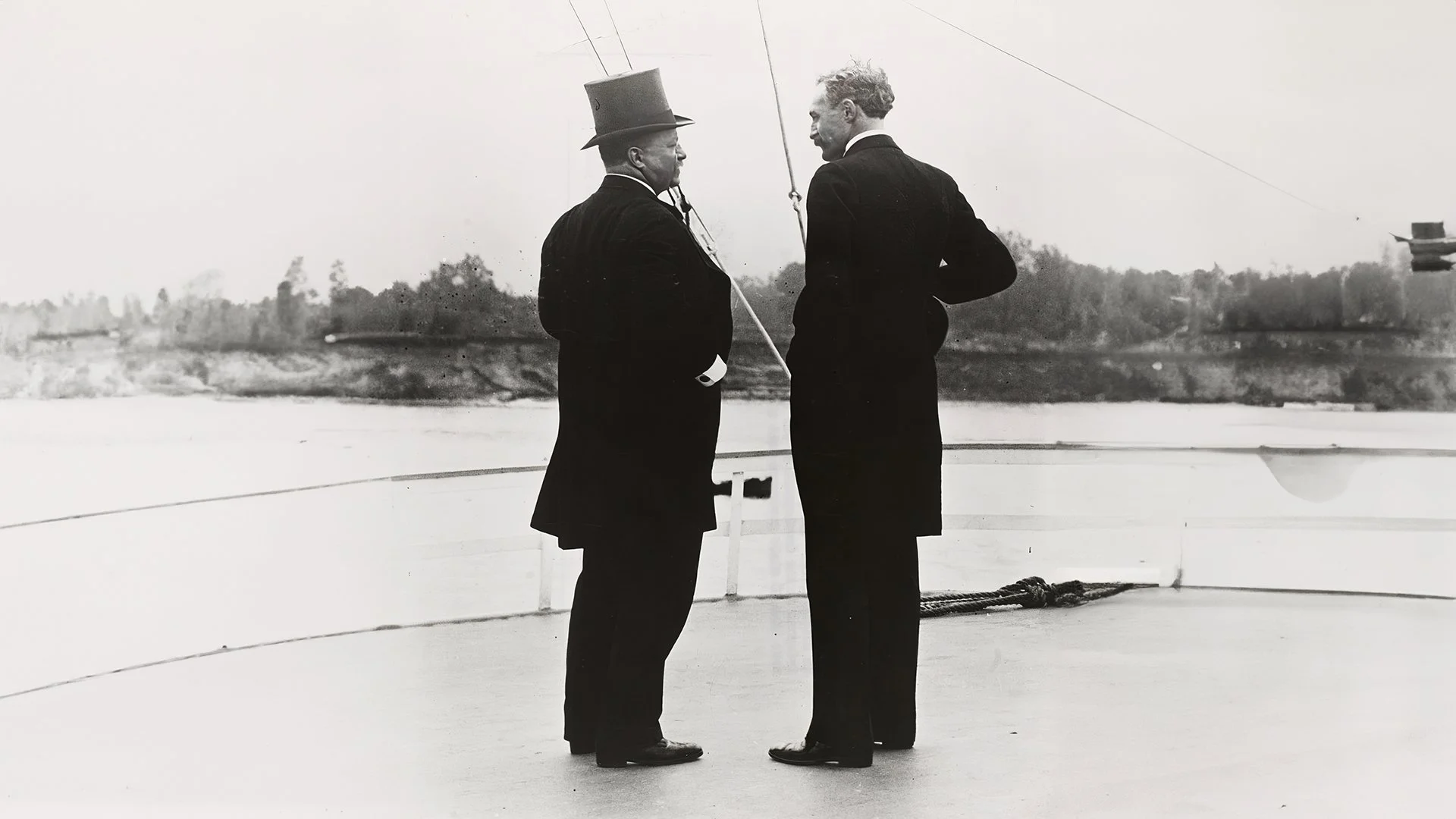The Midnight Forests and Their Impact on Conservation
Arapahoe National Forest
The "Midnight Forests" were a significant conservation achievement under the administration of President Theodore Roosevelt, in collaboration with Gifford Pinchot, the first chief of the United States Forest Service. This term specifically pertains to a massive effort to establish forest reserves just before a Congressional bill aimed at limiting such actions took effect.
In early 1891, an amendment under the Forest Reserve Act known as Section 24 was attached to the nation's land laws, enabling the President to set aside forest reserves from public domain land. This was formalized with the signing of the Forest Reserve Act on March 3, 1891. However, by 1907, due to pressures from various interest groups such as cattlemen, loggers, and homesteaders, Congress was swayed to alter the 1891 law, significantly restricting the creation of new forest reserves. This change was embedded in the Agriculture Appropriations Act of 1907, notably in the Fulton Amendment, which stated that no new forest reserves could be created in several western states.
“The President of the United States may, from time to time, set apart and reserve, in any state or territory having public land bearing forests, in any part of the public lands, wholly or in part covered with timber or undergrowth, whether of commercial value or not, as public reservations; and the President shall, by public proclamation, declare the establishment of such reservations and the limits thereof.”
In response to this imminent restriction, President Roosevelt and Gifford Pinchot orchestrated a large-scale designation of forest reserves just before the law came into effect. Between March 1-2, 1907, they succeeded in proclaiming 21 new forest preserves and expanding 11 existing ones, collectively encompassing about 16 million acres. This act effectively rendered the Fulton Amendment moot and was a major conservation achievement.
Roosevelt and Pinchot
This last-minute conservation effort led to these reserves being termed "Midnight Forests," reflecting both the timing of their establishment and the dramatic nature of the action. During his tenure, President Roosevelt was instrumental in setting aside 150 national forests, numerous bird reservations, national parks, monuments, game preserves, and reclamation projects. His actions, along with Pinchot's leadership, were pivotal in the American conservation movement.
Gifford Pinchot's collaboration with Roosevelt was a critical moment in the conservation movement, and his role in creating the "Midnight Forests" was a testament to his commitment to forest conservation. Despite later criticisms and controversies, particularly his clash with John Muir over the Hetch-Hetchy Reservoir, Pinchot's legacy as a pioneering conservationist remains significant. His pragmatic approach, often summarized as "the greatest good to the greatest number for the longest time," reflected his belief in the responsible and sustainable use of forest resources for the benefit of the people


